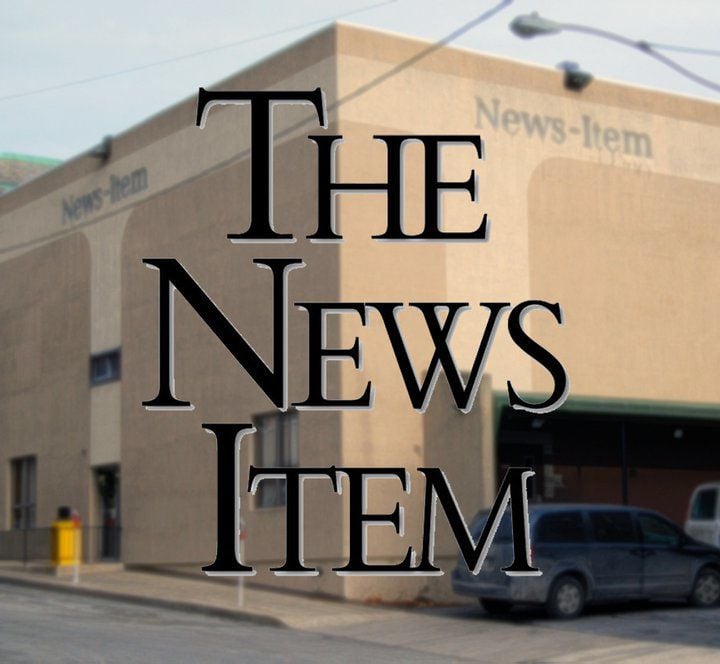
Wine consumption is up among millennials, but you couldn’t tell from the way it’s being advertised.
Marketed around tasting notes and points, instead of any sense of fun, wine is still perceived as intimidating. Grape varieties, regions and industry terms can be hard to grasp. To make it more approachable, we should meet the new wine drinkers, millennials and Generation Z, where they are: on such platforms as TikTok and Snapchat, and apps such as Vivino.
Millennials drink wine, but their approach is vastly different than previous generations, who chose bottles based on various publications and their scoring systems. Millennials use technology and social media as their first resource for discovering wines; Vivino, for instance, is the most-used wine app in the world with more than 47 million users. Instead of judging what they drink, the wine world should try to understand what they do and don’t like about the industry. After working in retail over the past few years, and interacting with plenty of young people along the way, here’s what I’ve learned.
Generally speaking, millennials think of wine as a social drink, a connector that is meant to be shared. They look at wine as entertaining and engaging. While the industry frets about losing young drinkers to hard seltzer, the seltzer companies do a much better job of marketing to millennials and Gen-Z drinkers.
The industry mistakenly assumes that millennials have chosen beer, hard seltzer or other low-alcohol beverages over wine. Meanwhile, millennials indicate to me that hard seltzer and wine can coexist; why should they have to choose?
One interesting lesson may lie with the natural-wine movement. Many winemakers, sommeliers and media dismiss it as an excuse to make faulty wines. Whether the juice in the bottle is good or bad is a different story, but the natural-wine community has embraced hip labels and interesting techniques, and has marketed itself as easygoing and approachable, thus drawing the interest of millennials.
Reggie Leonard, 35, associate director for career connections and community engagement at University of Virginia, remembers the moment he got bitten by the wine bug.
“The thing that made it all click was when I watched Action Bronson tasting natural wines in France on YouTube,” Leonard said. “I had never seen wines with those colors, and had no idea there could be so much variety and so much fun with wine. I loved how much Action and the fellas were in the streets of Paris, drinking something traditionally relegated to white linen-lined tables on a sidewalk, in shorts and a T-shirt.”
That weekend, Leonard got a bottle of 2015 Frank Cornelissen Munjebel.
“I had instantly gone from $6 Carmenere at Trader Joe’s to a $55 bottle of natural wine grown on the side of Mount Etna in 20 minutes, and have been diving deeper down the wine rabbit hole ever since,” he said.
Victoria Principato, 24, a research analyst who created the podcast Yuptown, worked at Wardman Wines while in college. “I didn’t know much about wine ... so obviously I wasn’t buying the good stuff,” Principato said. “I think I had this vision that ... (wine) had to be expensive to be good. I just kind of felt intimidated. I learned it is a communal experience and can be accessible. I learned there is not only one lens to see wine through.”
Wine sales were down in 2019, but according to a recent study in Wine Business Monthly, consumption has increased during the pandemic, and the rise in virtual wine tastings has been a much-needed way to connect. That might be one of the keys to making wine more accessible and relatable. We can enjoy all the nuances in a glass, the exploration of terroir to palate, and the sharing of wine even if it is on a Zoom call. We can showcase untraditional pairings, such as champagne and ramen. And if we want wine to continue to be relevant, the industry needs to connect to consumers’ emotions, one glass at a time.
Here are suggestions for a few bottles to share and enjoy — socially distanced, of course.
• Treveri Cellars ‘Blanc de Blancs” Brut. (Yakima Valley, Wapato, Wash., $16.99)
Bubbles bring the party. Sparkling wine is often treated as if it’s not wine, but it pairs well with a multitude of foods and shouldn’t be relegated only to celebrations, even if these celebrations look different these days. Alcohol by volume: 12%.
•Ovum Big Salt 2018. (Willamette Valley, Newberg, Ore., $19.99)
The wine world loves the word quaffable, and this wine is exactly that. Refreshing, salty, and great year round. It works for happy hour and the main course. Buy two bottles, because you don’t want to be without it. ABV: 12.5%.
• Old Westminster Carbonic. (Westminster, Md., $9.99)
Wine in a can. Yes. Good wine comes in different containers and the carbonic process makes this wine interesting without being complex. ABV: 12.1%.
• Grotta del Sole ‘Ottouve’ Penisola Sorrentina Gragnano. (Campania, Italy, $15.99)
This wine has been popular over the past few years, and I understand why. It’s fun, it’s approachable, and it’s delicious. It’s perfect for pizza or truffle mac and cheese. ABV: 11.5%.
November 28, 2020 at 09:18AM
https://ift.tt/3mi4jpt
Millennials are into wine, but the industry hasn't figured that out yet - News Item
https://ift.tt/31lUVcw
Wine

No comments:
Post a Comment